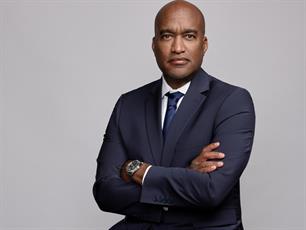Paul Holmes 01 Jan 2005 // 12:00AM GMT
The average salary of investor relations officers increased by about 10 percent over the past two years, according to the National Investor Relations Institute, with IROs (defined as those who spend 50 percent or more of their time on investor relations) earning an average of $169,000 a year—up from $154,000 in the 2002 NIRI survey.
The percentage of IROs that received a bonus in 2004 also increased, with 88 percent of IROs receiving additional compensation in 2004, compared to 79 percent in 2002. Almost all (98 percent) IROs at mega-cap companies (those with market capitalizations of $10 billion or more) received a bonus while just 81 percent at small-caps (capitalization under $500 million) did so.
In general, those employed by mega- and large-cap companies out-earned those working at mid- or small-cap companies when bonuses are combined with base salary. The average base salary plus bonus at a mega-cap company was $213,400; large cap ($1.5 billion to $9.9 billion) companies paid $176,300; mid cap ($500 million to $1.49 billion) paid $149,000 and small cap paid $131,500.
In addition, 73 percent of respondents were granted stock options, with a mean value of $135,500 and an average vesting period of 41 months.
While company size had a significant impact on compensation, so did ??? professional background of IROs. Those with a background in finance/accounting earned 9 percent more (salary plus bonus) than those with a corporate communication or public relations background and 21 percent more than those with a marketing or sales background.
In 2005, 49 percent said they came from a financial background (as compared to 52 percent in 2003) and 23 percent came from corporate communication/PR (27 percent in 2003).
The trend of investor relations being viewed as a career position continues. The senior IR officer is described as having a career position by 83 percent of respondents (compared to 80 percent in 2003 and 71 percent in 2001). And achieving the senior corporate IRO position is seen as a career goal by more of those whose time is primarily devoted to investor relations (58 percent compared to 55 percent in 2003.
A breakdown of responsibilities for the IRO shows that the majority of their time is spent on shareholder relations, followed by financial analysis and corporate communication.
Other findings:
• The average annual budget for an investor relations program is $743,000, a 3 percent increase over 2003.
• The typical IR office is staffed by two to three individual professionals.
• The majority of IROs report to the CFO (69 percent) and the CEO/president/chairman (17 percent).


































.jpg)





.tmb-135x100.jpg)











